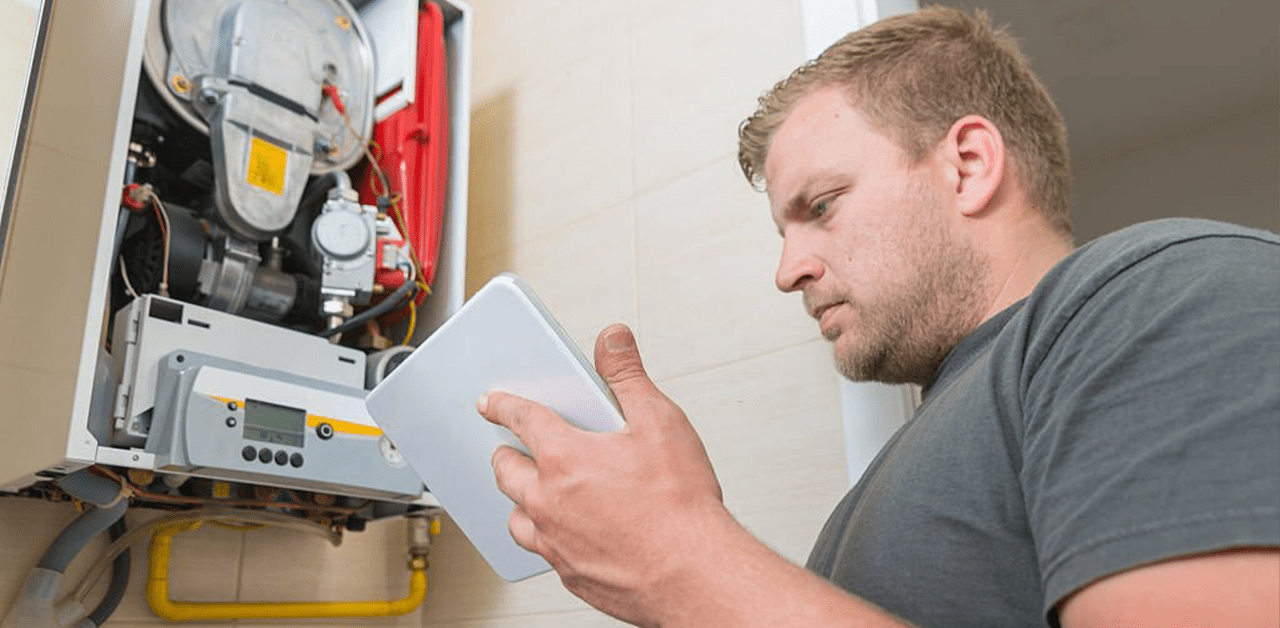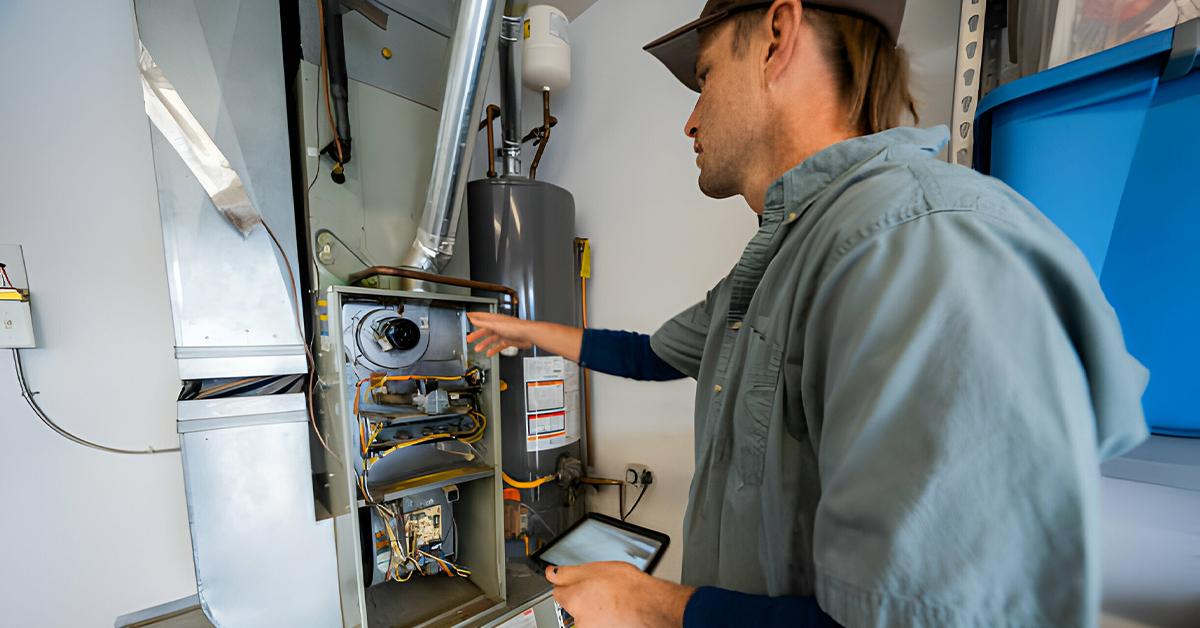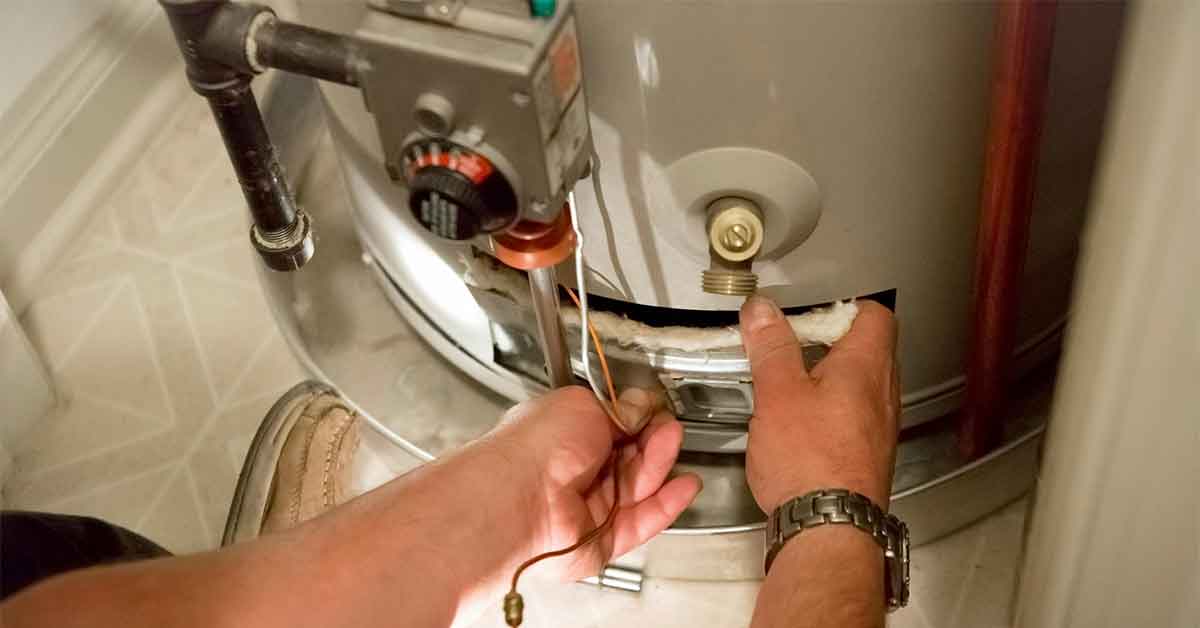Blog


Decoding Home Comfort: The Anatomy of Your Furnace and How Each Component Works
Understanding your home’s furnace is essential for maintaining a comfortable, efficient, and safe environment during the colder months. This in-depth guide will delve into the specifics of each furnace component, explaining their roles and how they collectively work to keep your home warm.
Furnace 101: A Brief Overview
A furnace, whether it runs on gas, electricity, or oil, is the cornerstone of a home’s heating system. It’s designed to generate warm air, maintain consistent indoor temperatures, and ensure your comfort throughout chilly weather.
Key Components of a Furnace
- The Heat Exchanger: The Heart of Your Furnace
The heat exchanger plays a critical role in heating the air without contaminating it with combustion gases. Its efficient design is key to the safe operation of your furnace.
- The Burner: Igniting the Flame
In gas and oil furnaces, the burner is where fuel mixes with air and ignites, producing the heat that warms your home. This process is central to the furnace’s function.
- Blower Motor: Spreading Warmth
The blower motor is crucial in distributing warm air throughout your home. The effectiveness of your heating system heavily depends on the blower motor’s efficiency.
The Combustion Chamber: Where Heat Begins
Fuel and air combust here, generating the heat needed for your furnace to operate. The design and maintenance of the combustion chamber are crucial for efficient and safe furnace function.
Safety Mechanisms in Furnaces
- Thermostat: Your Comfort’s Commander
The thermostat regulates the furnace, maintaining a balance between efficiency and comfort. It’s the user interface of your heating system, allowing you to set your preferred temperature.
- Filters: Protectors of Air Quality
Your furnace’s filters are essential for maintaining good air quality and preventing the circulation of dust and allergens in your home.
- Safety Switches
Furnaces are equipped with various safety switches, such as the high limit switch, which prevents dangerous overheating, and the ignition control, ensuring safe and efficient ignition.
The Flue: Venting Out Combustion Gases
An essential part of your furnace, the flue safely vents combustion gases outside, preventing them from entering your living space.
Ductwork: The Pathway for Heated Air
Well-designed and maintained ductwork is critical for efficient heat distribution throughout your home. Leaks or blockages in the ductwork can significantly reduce heating efficiency.
Furnace Maintenance: Essential for Longevity
Consistent professional maintenance ensures your furnace operates efficiently and extends its lifespan. This includes regular inspections, cleanings, and prompt repairs of any issues.
Fuel Types and Furnace Efficiency
- Gas Furnaces
Known for their efficiency, gas furnaces are a common choice. They work by mixing natural gas with air in the burner to produce heat.
- Electric Furnaces
Electric furnaces use heating elements instead of a flame. They are simpler and safer but can be more costly to operate.
- Oil Furnaces
In areas without natural gas service, oil furnaces are a viable alternative. They require more maintenance but are highly efficient when properly cared for.
Innovations in Furnace Technology
Modern furnaces often feature advanced technologies like modulating burners and variable-speed blowers, significantly enhancing efficiency and comfort.
Understanding AFUE Ratings
The Annual Fuel Utilization Efficiency (AFUE) rating is key to understanding a furnace’s efficiency. A higher AFUE rating indicates more effective fuel-to-heat conversion, reducing operational costs.
The Importance of Correct Installation
Proper furnace installation is critical. An incorrectly sized or poorly installed furnace can lead to inefficiencies and shorten the system’s lifespan.
Enhancing Efficiency with Smart Thermostats
Smart thermostats offer precise temperature control and adapt to your heating preferences, further optimizing your furnace’s efficiency.
Environmental Considerations
Modern furnaces are designed with environmental impact in mind. High-efficiency models reduce emissions and energy consumption, contributing to a greener home.
Common Furnace Issues and Troubleshooting
Understanding common furnace problems, like ignition issues or uneven heating, can help you identify when professional maintenance is needed.
Upgrading Your Furnace: When and Why
As furnaces age, their efficiency declines. Knowing when to upgrade your furnace can save on energy costs and improve heating effectiveness.
Conclusion
Each part of your furnace, from the heat exchanger to the thermostat, is essential in keeping your home warm and cozy. Knowing about these components and their roles is beneficial for regular upkeep and for making knowledgeable choices regarding upgrades and repairs. Consistent hvac maintenance is key to ensuring your heating system’s efficiency, durability, and safety. Being aware of how your furnace works and how to care for it plays a significant role in maintaining a comfortable, safe, and energy-efficient home atmosphere.




